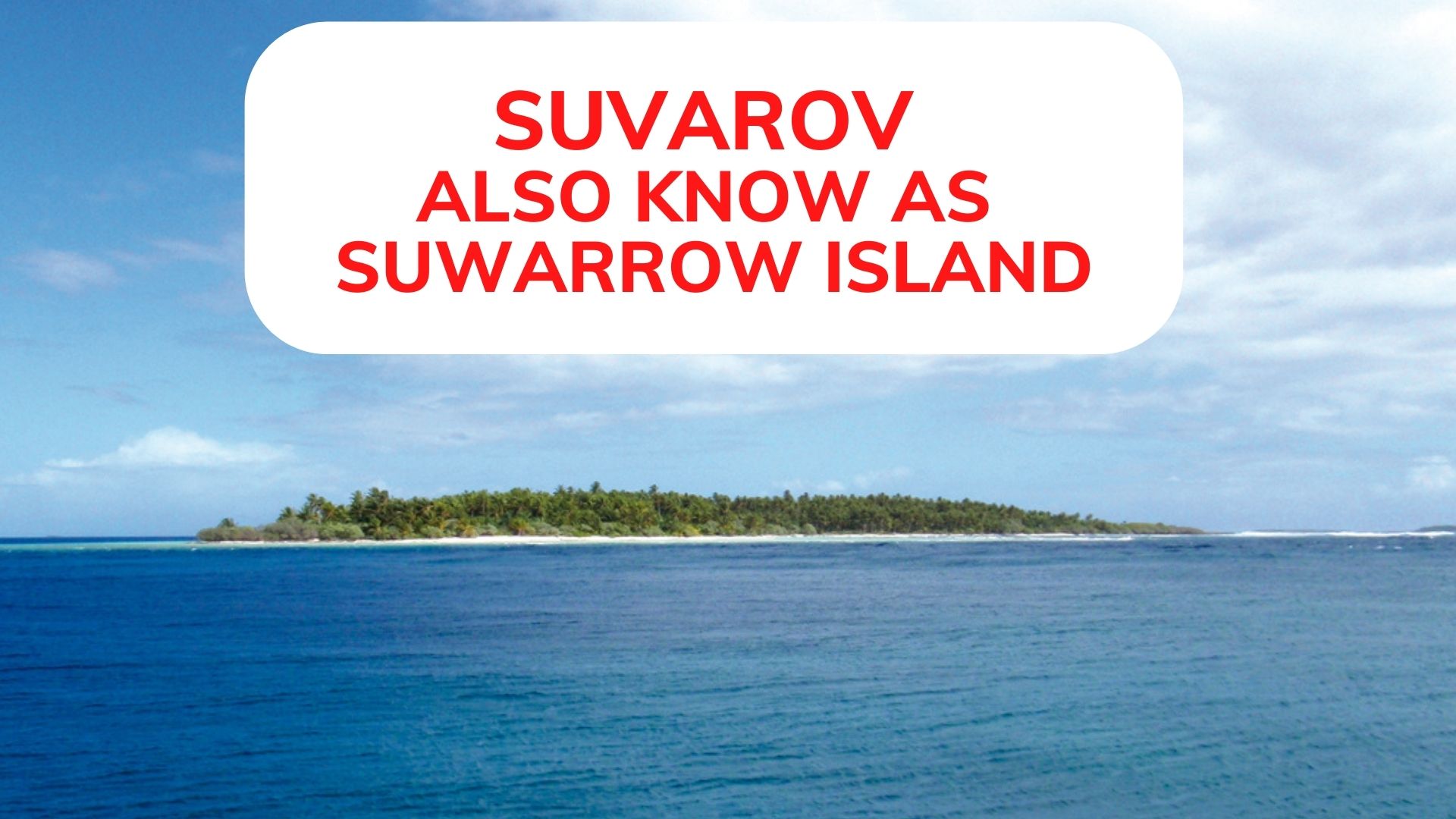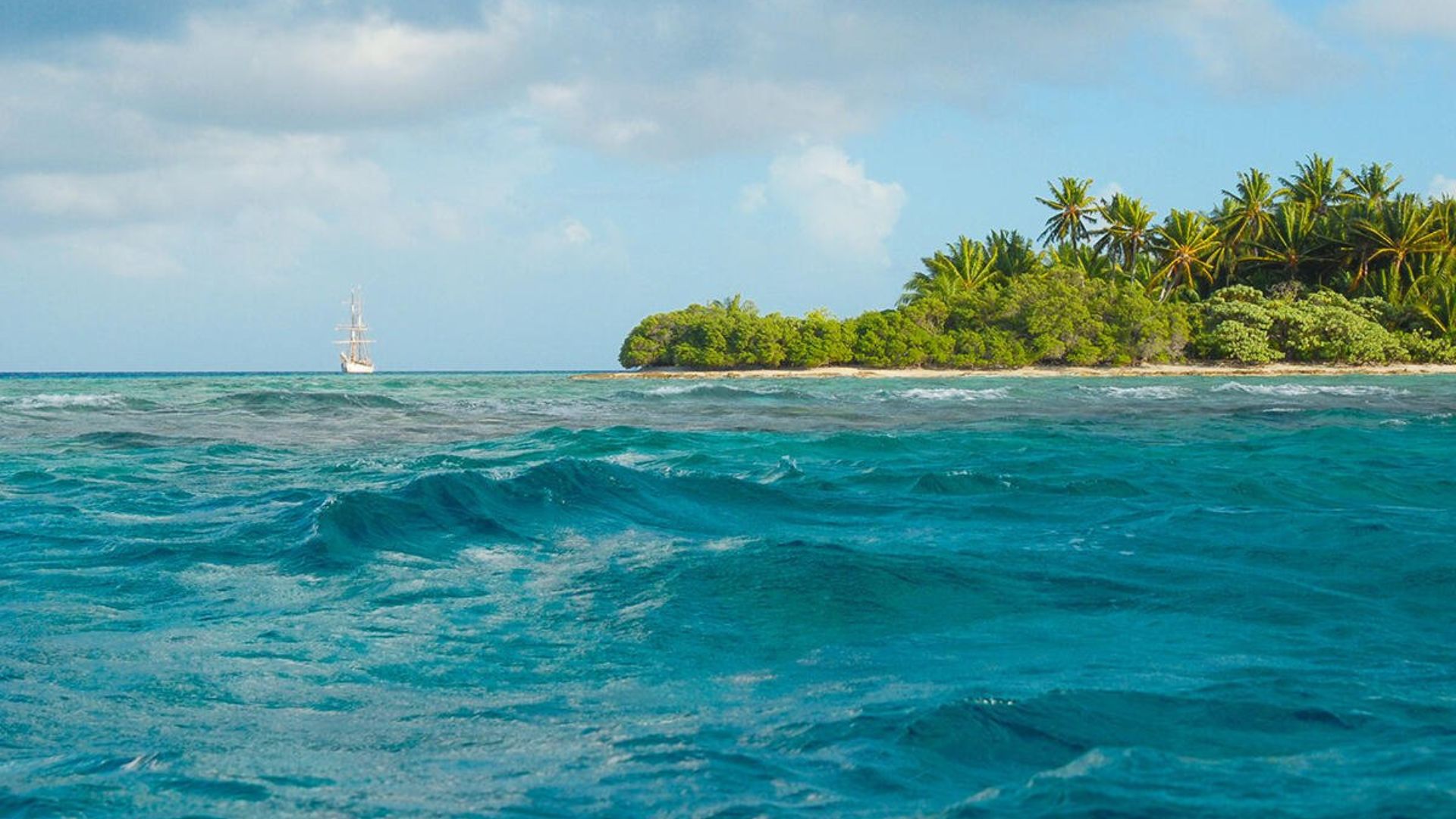Suvarov - Also Know As Suwarrow Island
Suwarrow Island, sometimes known as Suvarov, is a self-governing territory in free association with New Zealand in the South Pacific Ocean. It is one of the northern Cook Islands. It is a coral atoll with 25 islands, with Anchorage Island being the most significant. It was discovered in 1814 by the commercial ship Suvorov of the Russian-American Company.
Author:Jane RestureSep 30, 20228.4K Shares525.9K Views

Suwarrow Island, sometimes known as Suvarov, is a self-governing territory in free association with New Zealand in the South Pacific Ocean. It is one of the northern Cook Islands. It is a coral atoll with 25 islands, with Anchorage Island being the most significant.
It was discovered in 1814 by the commercial ship Suvorov of the Russian-American Company. It was acquired by Britain in 1889 and placed under the New Zealand administration in 1901. No reliable anchorages exist. The 0.2 square miles (0.4 square kilometers) atoll, which is now a bird sanctuary, has a total land area. There is no ongoing habitation.
History Of Suvorov
Suwarrow, which was once inhabited by Polynesians, was uninhabited on September 17, 1814, when it was found by the Russian-American Company ship Suvorov, which is said to have followed clouds of birds to the atoll.
The Russian commander Alexander Suvorov, who portrays Suwarrow in Lord Byron's epic poem Don Juan and Alaric Alexander Watts' alliterative poem The Siege of Belgrade, was the inspiration for the ship's naming.
Since then, it has only sporadically been occupied. The spelling of the atoll has also been recorded as Souvorow, Souwaroff, and Souworoff. The official spelling used by New Zealand is suwarrow.
Treasures Of Suvorov
But Suvorov's riches don't only reside there. The term Motu Tou, which refers to one of the westernmost islands in this atoll, comes from the abundance of herbs, bushes, and beach heliotrope that grows there.
The bigger islands are densely covered in tou. With thousands of them continually flying and swooping in the sky above, it is also one of the most significant nesting places for 10 species of seabirds.
The Masked Booby, one of the largest in the species, is the most spectacular of the 80,000 sooty terns that nest here. Around 400 Red-Tailed Tropicbirds (or 3% of all Red-Tailed Tropicbirds) breed here, and Gull Islet is home to at least 9% of the world's Lesser Frigate bird population. Ornithologists will find this to be a paradise.
When And How To Visit Suvorov?
Suvarov is only accessible from the first of June to the first of November every year. Visits at earlier or later times are not allowed. Visits to Suwarrow are not subject to prior approval. To find out whether the ranger needs anything transported to the atoll for him, phone the environment office in Avarua before leaving.
There is just one entrance to the 60-mile-long lagoon, and it is rather small. You should only approach the lagoon during the day. With coral heads on each side, the approach takes a dogleg to the right.
Depending on the tide, a 2-3 knot cross-current from port to starboard complicates the approach further, therefore it may be better to schedule an entrance at high or low water.
It is best to turn slightly to port and pass outside the south reef once you have passed through the pass because the current can be quite swift between the south reef and anchorage island, with some overfalls.
After you have passed through the pass, charts will show "south reef" ahead and slightly to starboard. South Reef may be circled pretty closely; around 30 meters off the reef will put you in deep water. The entry seems to be accurately depicted on both the Navionics and C-Map charts.
People Also Ask
What Is The Suvorov Population?
The 0.2 square miles (0.4 square kilometers) atoll, which is now a bird sanctuary, has a total land area. There is no ongoing habitation.
How Do You Get To Suvarov?
A private yacht or the exceedingly uncommon cargo ship from Rarotonga are the only ways to get to Suwarrow.
Whose Territory Is Suvorov?
The Suvorov island is under the Cook Islands control and a self-governing island nation in the South Pacific Ocean in free association with New Zealand.
Conclusion
Suwarrow, also known as Suvorov, Suvarou, or Suvarov, is a small coral atoll in the Pacific Ocean's Cook Islands. It is located 825 kilometers northwest of Rarotonga, from whence it is managed, and roughly 1,300 kilometers south of the equator.
Anchorage Island has a caretaker. The island may only be reached via private yacht or organized excursion from Rarotonga.

Jane Resture
Author
Since she embarked on her first world trip in 2002, Jane Resture spent the past decades sharing her personal journey and travel tips with people around the world. She has traveled to over 80 countries and territories, where she experienced other cultures, wildlife she had only read about in books, new foods, new people, and new amazing experiences.
Jane believes that travel is for everyone and it helps us learn about ourselves and the world around us. Her goal is to help more people from more backgrounds experience the joy of exploration because she trusts that travel opens the door to the greatest, most unforgettable experiences life can offer and this builds a kinder, more inclusive, more open-minded world.
Latest Articles
Popular Articles
